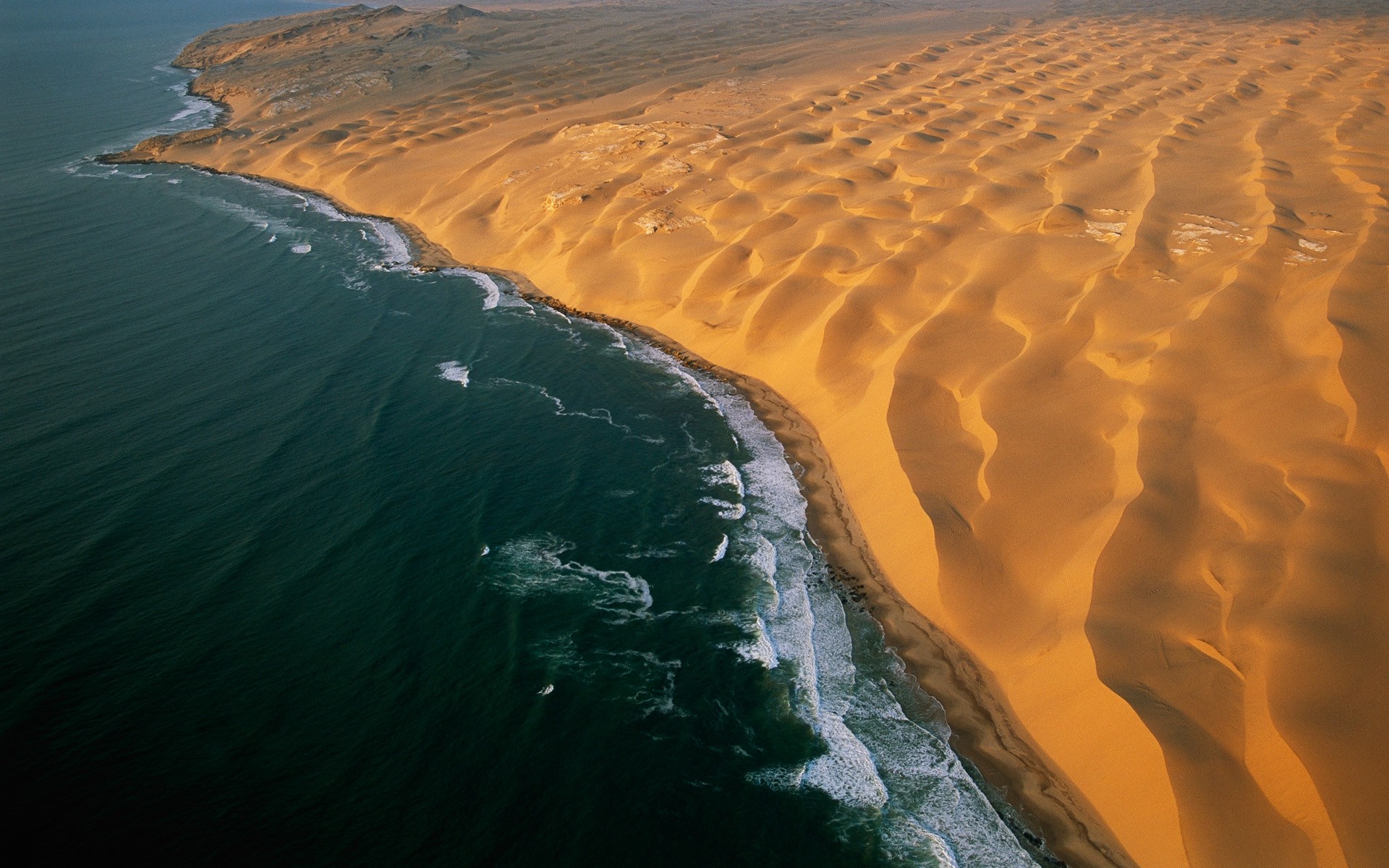Namibia lies along the southwestern coast of Africa, and is bordered by Angola in the north, Zambia and Zimbabwe in the northeast, Botswana to the east, South Africa in the south, and the Atlantic Ocean to the west. It occupies an area of 824290 sq km.
The country is divided into three topographical regions, thus the coastal desert region, which includes the Namib Desert, the inland plateau region, which is a continuation of the South African Plateau and stretches from the southern to the northern border and covers more than half of the country. The dune- and grass-covered Kalahari Desert to the east and south of the inland plateau region.
Namibia is a constitutional multi-party democracy in Southern Africa. Albeit a multi-party democracy, its ruling party South West Africa People’s Organisation (SWAPO) has ruled since the country's independence in 1990.
Namibia is classified as an upper middle-income economy. The Gross Domestic Product (GDP) in Namibia was worth 12.61 billion US dollars in 2022, according to official data from the World Bank. Its economy is based on income from the export of primary raw materials in some important sectors, such as minerals, especially diamonds, livestock, and fish. Recently, the country has discovered a significant deposit of hydrocarbons offshore.
Despite Namibia’s small domestic market, high transport costs, high energy prices, and limited access to skilled labor, the World Bank reports that Namibia remains attractive for foreign direct investment (FDI) due to its political stability and favorable macro-economic environment.
Foreign direct investment is present in uranium, diamond, zinc and copper mining, banking, oil exploration, and fisheries sectors, with 50 percent of foreign exchange earnings coming from mining.
Security Issues
Crime rates in Namibia are lower than those in neighboring South Africa and Angola but have been on a constant rise in both urban centers and rural areas in recent years. Petty theft and mugging have become relatively common in urban areas, particularly in crowded areas and popular tourist locations. These crimes occur most frequently at night, though the threat also exists during daylight hours. Vehicular crime is also a threat in many areas.
Despite a history of low-level terrorist-style activity by the Caprivi Liberation Army (CLA) separatist group in the late 1990s and spillover from the long-
running civil war in Angola until the early 2000s, Namibia has not faced any significant conflict risks in recent years. The threat from terrorism is also assessed as being low, with no domestic or transnational terrorist groups known to operate in the country.
Verdict:
After independence, Namibia has been one of the most stable countries in Africa. With the right policies and investment, the country's vast resources could make it immensely consequential in the continent. Risk is significantly low.
